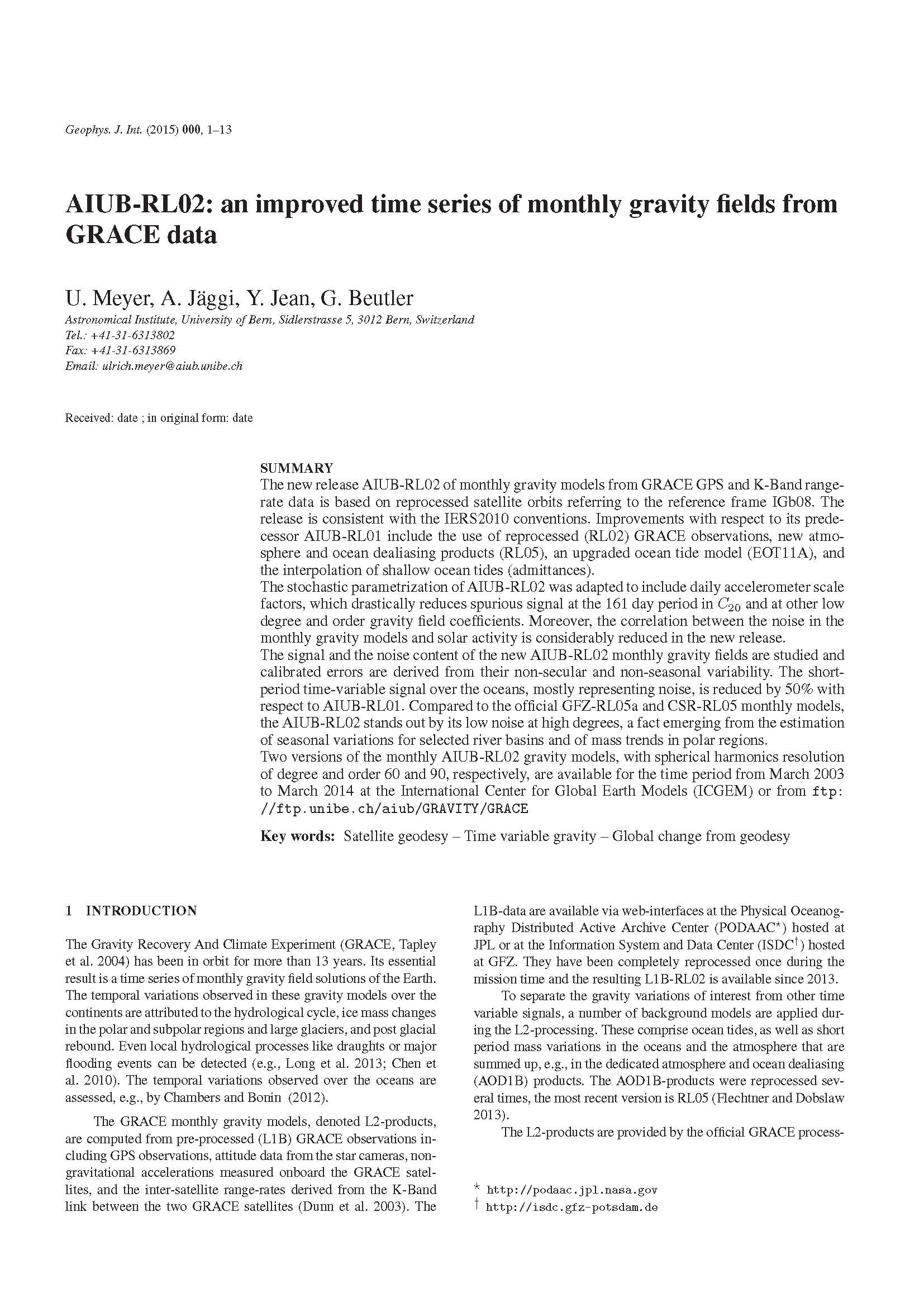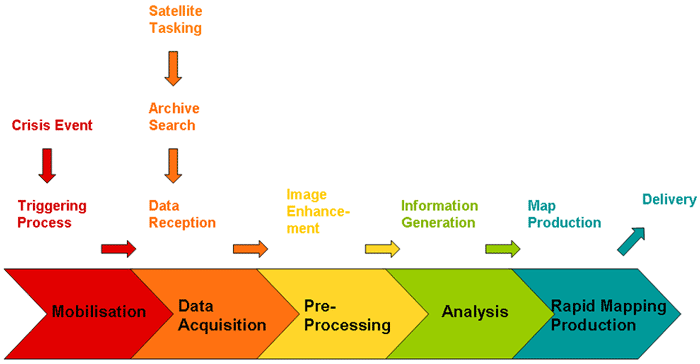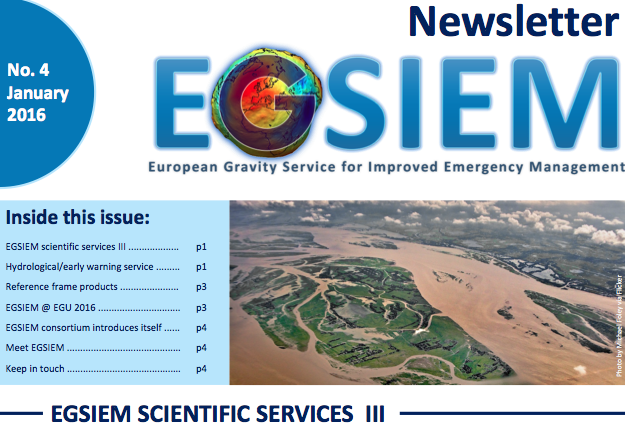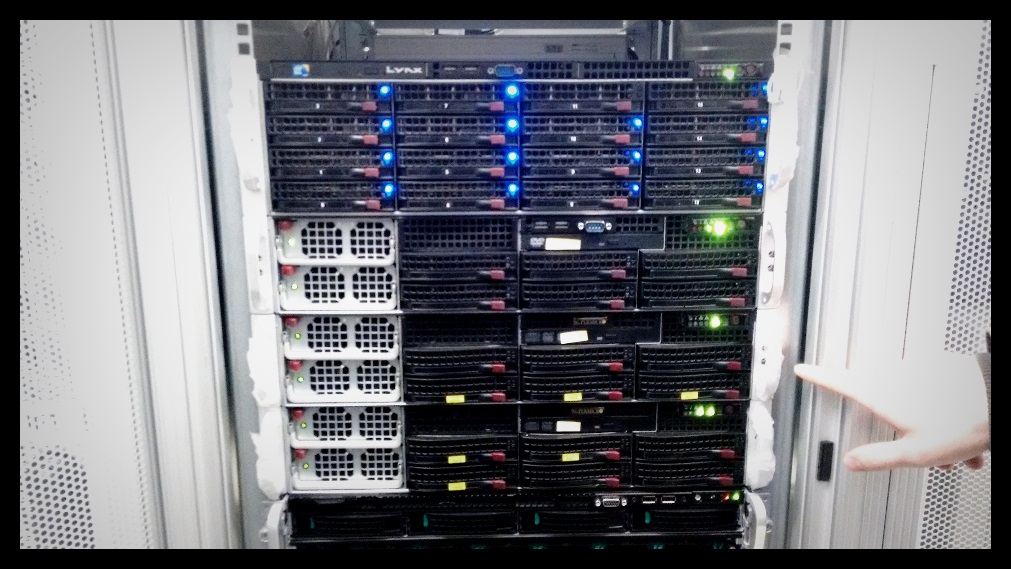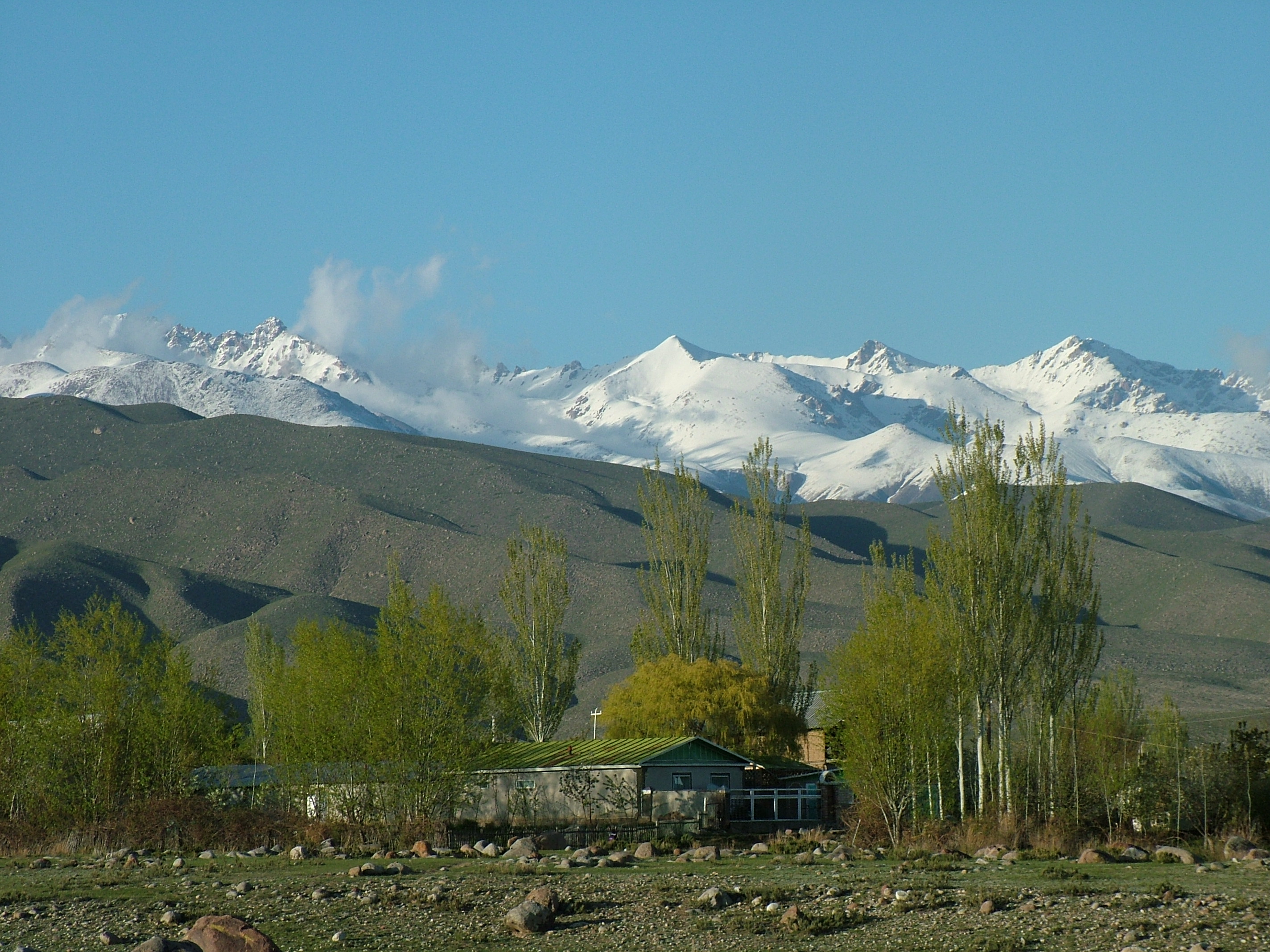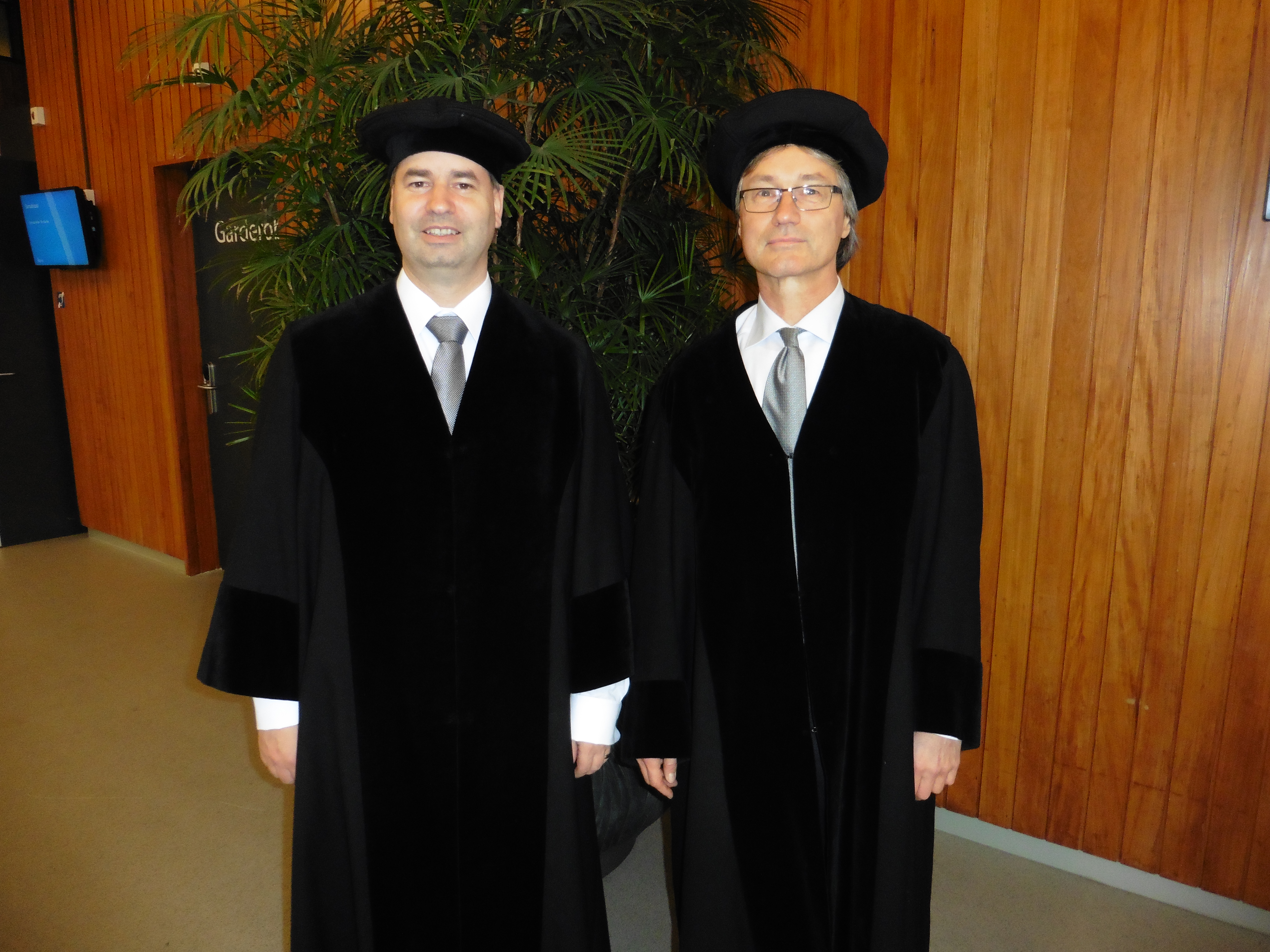On the relative weighting between GPS and KBR measurements in GRACE data processing
The GRACE GPS data provides, besides absolute satellite positions, information on the gravity field that is lacking in the K-band ranging measurements (KBR; microwave satellite-to-satellite ranging). The sectorial coefficients, on the diagonal of the triangle of spherical harmonics coefficients, are badly sensed by the KBR instrument due to the polar orbit. The 3-D information, although not as accurate, provided by the GPS data complements the precise North-South information provided by the KBR measurements. The coefficients that are modified by the contribution of the GPS data are displayed in the plot below. They are mostly in the low degrees of the gravity field, corresponding to the longest spatial wavelengths, and along the diagonal (i.e. sectorial coefficients). The amplitudes of the coefficients are expressed in cm of equivalent water height.

